These results could mean longer stays on the Moon.
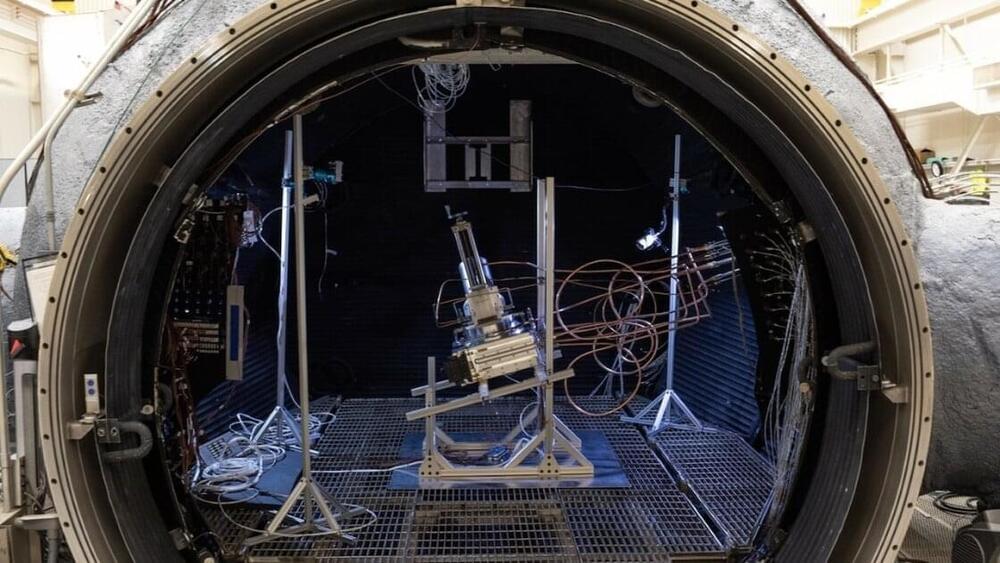


Using an advanced method, researchers have discovered seven elements, including the rare substance terbium, which has never before been found in any exoplanet’s atmosphere.
Last week.
On the heels of the previous discovery, scientists have detected another element, Terbium, in an exoplanet’s atmosphere for the first time. Known as KELT-9, the exoplanet is said to be the galaxy’s hottest, orbiting its distant star about 670 light years from Earth.
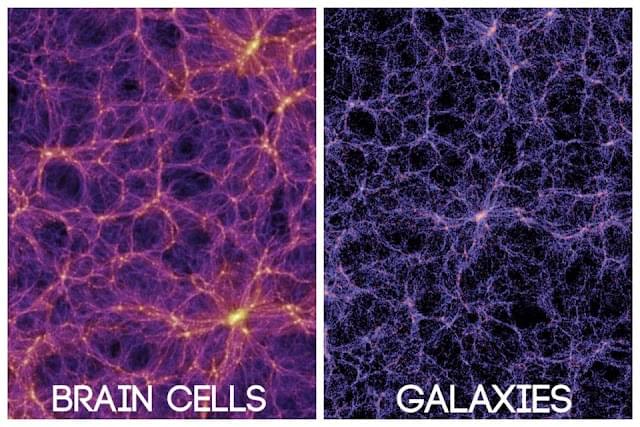
An astrophysicist and a neurosurgeon walked into a room.
It may sound like the start of a horrible joke, but what a group of Italian academics came up with is a truly galaxy brain take: the structures of the observable universe, they claim, are startlingly similar to the neural networks of the human brain.
In a recent research published in the journal Frontiers in Physics, University of Bologna astronomer Franco Vazza and University of Verona neurosurgeon Alberto Feletti reveal the unexpected similarities between the cosmic network of galaxies and the complex web of neurons in the human brain. According to the researchers, despite being nearly 27 orders of magnitude distant in scale, the human brain and the makeup of the cosmic web exhibit similar levels of complexity and self-organization.


A new planet outside the solar system was discovered using Artificial Intelligence (AI) technology, in what can be called as a major success achieved by AI, which has been making headlines these days.
The technology was put into use by the astronomers to discover the new planet, which gave a major boost to machine learning.
Researchers, working at the University of Georgia, said that the discovery of a previously unknown planet which was present outside our solar system took place using the technology.
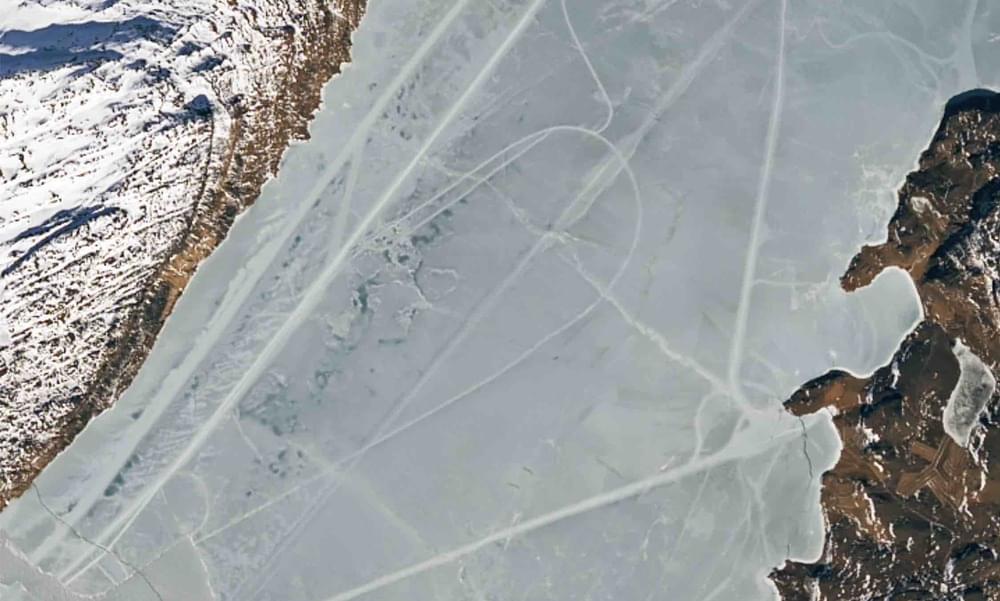
As the USGS-operated Landsat 9 Earth observation satellite passed above Greenland on Monday, March 13, 2023, its photosensors trained on the frozen landscape below it detected something unusual: a mysterious series of tracks scoring the icy surface of a remote fjord.
It was a curious sight on Earth’s largest island, whose most defining features are barren tundra and monumental glaciers that cover most of its surface. The imposing natural conditions in Greenland, in other words, leave little room for signs of activity visible from space.
Yet something must have caused the unusual tracks scoring the Tunulliarfik Fjord that appeared in the imagery collected by Landsat 9 in March. What had been their source? Could their underlying cause have been natural, and if so, then what conditions might be responsible?
Dr. Rupert Sheldrake believes that memory is inherent to nature, and has spent the last forty years of his career investigating slippery, esoteric phenomena at the very edges of empiricism. Some of the results are intriguing — dogs that know when their owners have started the long journey home, crosswords that become easier to solve a few days after they’ve been published in the papers, IQ scores increase generation after generation. His work is ongoing, the territory marginal, and the implications immense.
Support the scientific revolution by joining our Patreon: https://bit.ly/3lcAasB
Support us both when you pick up one of Rupert’s books: https://amzn.to/3xdrRmo.
Let us know what you think in the comments or on our Discord: https://discord.gg/MJzKT8CQub.
00:00:00 Go!
00:02:43 New Science.
00:07:59 Physics as supreme authority.
00:13:08 Experimentation.
00:22:51 Psychology.
00:25:37 Morphic Resonance.
00:37:32 Fragility.
00:41:52 Debate.
00:48:19 Science, State, and Truth.
00:52:50 Instrumentalization.
00:59:00 Analog Systems.
01:16:53 Avoiding Bitterness.
01:21:22 Engaging Critics.
01:28:16 God.
#consciousness #evolution #psychology.
Check our short-films channel, @DemystifySci: https://www.youtube.com/c/DemystifyingScience.
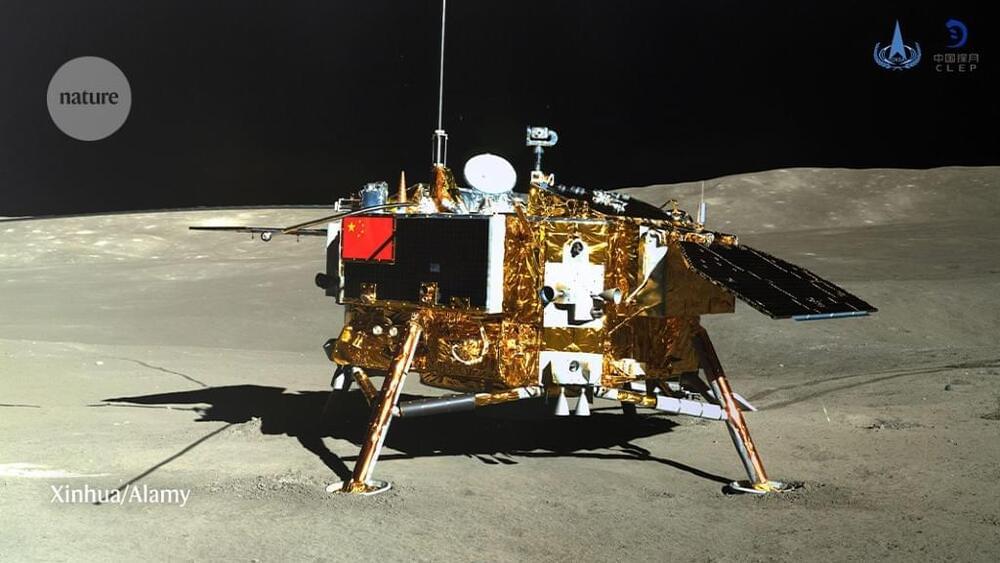

The experimental realization of a recently proposed technique points to new possibilities for imaging molecules using x rays.
Hanbury Brown and Twiss (HBT) interferometry [1] is a versatile technique widely used in various fields of physics, such as astronomy, quantum optics, and particle physics. By measuring the correlation of photon arrival times on two detectors as a function of the photons’ spatial separation, HBT interferometry enables the determination of the size and spatial distribution of a light source. Recently, a novel x-ray imaging technique based on the HBT method was proposed to image the spatial arrangement of heavy elements in a crystal or molecule by inducing those elements to fluoresce at x-ray wavelengths [2].
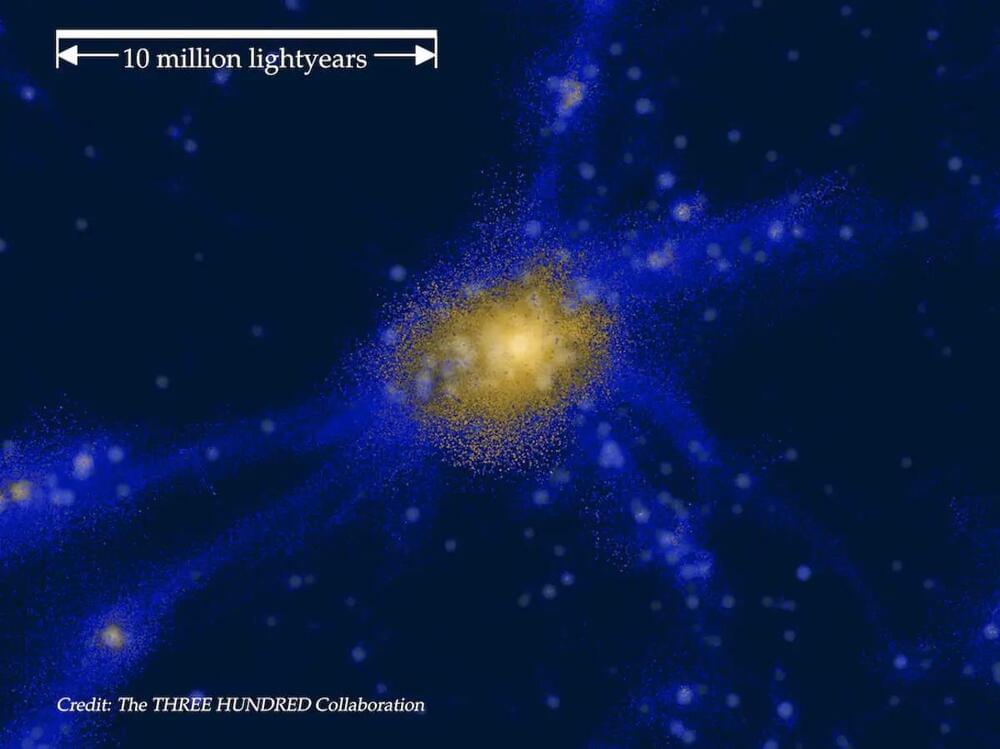
A new study published in The Astrophysical Journal Letters.
The Astrophysical Journal Letters (ApJL) is a peer-reviewed scientific journal that focuses on the rapid publication of short, significant letters and papers on all aspects of astronomy and astrophysics. It is one of the journals published by the American Astronomical Society (AAS), and is considered one of the most prestigious journals in the field.